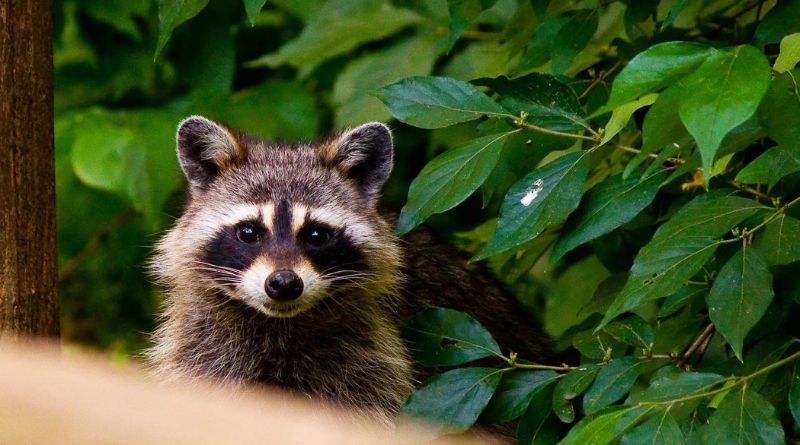Invasive species are non-native organisms that, when introduced to new environments, can cause harm to ecosystems, economies, and human health. Across North America, various invasive species have wreaked havoc, disrupting native ecosystems and causing significant ecological damage. Let’s explore some of the most notorious invasive species in the region.
1. Feral Swine (Sus scrofa)

Originating from parts of Europe, Asia, and North Africa, feral swine were introduced to the U.S. by European settlers in the 1500s for food and later for sport hunting. These destructive creatures, estimated to number at least 6 million in 35 states, cause extensive damage to crops, natural habitats, and archaeological sites.
2. Burmese Pythons (Python bivittatus)
Imported for the exotic pet trade, Burmese pythons were released into Florida’s wilds and rapidly established populations, decimating native small mammal populations in the Everglades. Their voracious appetite and ability to thrive in various habitats make them formidable predators, posing a threat to native wildlife.
3. Domestic Cats (Felis catus)
Introduced by European settlers as pets, domestic cats have become a destructive invasive species, killing billions of birds and mammals annually. Despite their popularity as pets, their impact on native wildlife has sparked controversy, prompting efforts to control feral cat populations.
4. European Starlings (Sturnus vulgaris)
Originally introduced to North America by Shakespeare enthusiast Eugene Schieffelin, European starlings have become a widespread nuisance, destroying crops and outcompeting native species for nesting sites and food resources. Their rapid proliferation poses a threat to agricultural and ecological systems.
5. Nutria (Myocastor coypus)
Brought to the U.S. for the fur trade, nutria have spread across the country, causing extensive damage to crops, natural resources, and infrastructure. Described as a cross between a beaver and a sewer rat, these rodents are prolific breeders, further exacerbating their impact on ecosystems.
6. Asian Carp (multiple species)

Imported to the U.S. in the 1970s for various purposes, Asian carp have invaded waterways across the country, outcompeting native fish for food and habitat. With some species capable of eating up to 100% of their body weight daily, Asian carp pose a significant threat to aquatic ecosystems.
7. Gypsy Moths (Lymantria dispar)
Accidentally introduced by French artist Étienne Léopold Trouvelot in the late 1860s, gypsy moths have spread throughout the northeastern U.S., defoliating millions of acres of trees and shrubs. These voracious pests pose a threat to forest health and biodiversity, impacting timber production and recreational areas.
8. American Bullfrog

While native to large parts of North America, the American bullfrog has been introduced to new areas for food purposes, leading to disruptions in local ecosystems. These large frogs prey on native amphibians, contributing to declines in amphibian populations and altering food webs.




